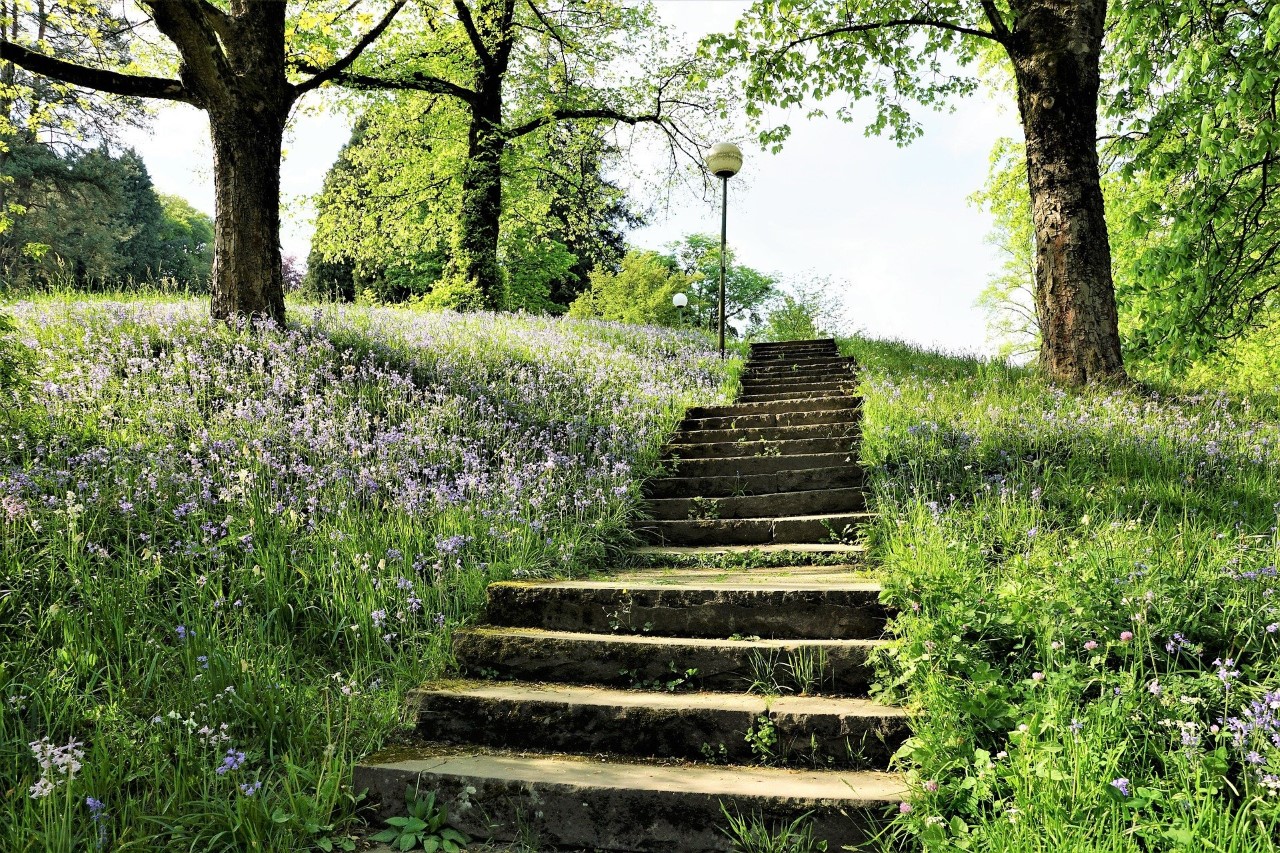
After wanting to see Knepp first hand for years, I was finally able to go for the Young Wilders youth camp, run for 100 young people interested in ecology.
The Knepp estate used to be intensively farmed with arable crops and livestock, but when Isabella Tree and Charles Burrell inherited the land 23 years ago, they decided to give it back to nature. The changes that have happened to the estate in my lifetime are phenomenal.
Walking through Knepp on one of their guided safaris, you would be forgiven for thinking you had left the UK altogether and stepped back into some prehistoric wilderness, reminiscent of Jurassic Park. The gnarled trunks of ancient oaks dominate the skyscape, their ‘staghead’ branches fork upwards. The guide tells us that these dead uppermost branches are typical of ancient trees, which focus their energy on the lower branches as they grow. Dotted amongst the stagheads are massive crowns of twigs and leaves. These are the nests of white stork, which returned to Knepp of their own accord after centuries of absence from the UK. I have come just before the storks head off on their long migration to Africa; I can see their proud wingspans wheeling overhead as they ride the thermals together, looking for prey.
I was lucky enough to glimpse some of Knepp’s large herbivores on my visit, to which the success of the estate can be largely attributed; longhorn cattle, fallow deer, Tamworth pigs and Exmoor ponies graze their way through the landscape, keeping back the brambles, allowing a diversity of plants and insects to thrive and fertilising the soil. Interestingly, trees have still found a way to thrive, through a symbiosis with brambles. As the tough thorny brambles ward off hungry herbivores, saplings take root in the thicket, weaving their way up through the thorns until they grow in the centre of a protected sheath. As the tree matures, they will outcompete the brambles which will have to move elsewhere to become protection for another sapling. Back in 2019, Another Way emulated this extraordinary natural process by surrounding each oak sapling with hawthorns and blackthorns in our first ever tree planting week.
Giving an active hope and nature awareness workshop for the attendees by the lake, I mused on how Knepp has not only created an elysium for wildlife and truly brought back biodiversity to their corner of Sussex, but also used their success to inspire thousands to love and care for nature. Through safari guides, glamping, educational workshops and camps like this, they are giving people in the UK a glimpse of what could be, in so short a time, if we found a way to coexist with nature today.
